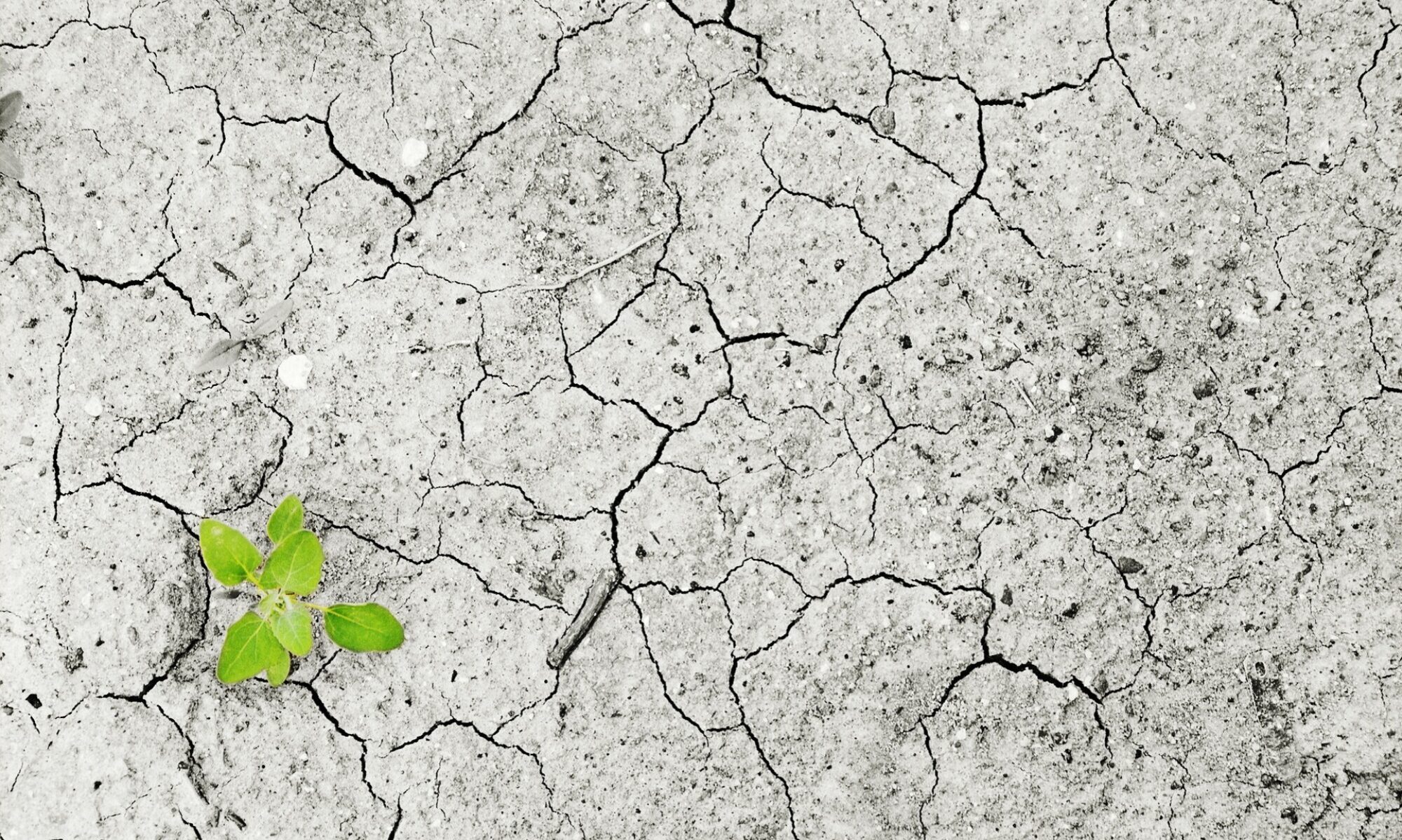13 May 2021 – by Evelyn Workman
Health problems from exposure to air pollution have long been reported in communities of colour across the U.S. A growing body of data is continuing to back up these reports by showing that Asian, Black and Hispanic people are exposed to higher concentrations of air pollutants on average than their white counterparts. A recent study has found that this air pollution exposure disparity faced by people of colour (POC) exists across states, in both rural and urban communities, across income levels, and is true regardless of the type of pollution.
The study, published in the journal Science Advances, focuses on ambient fine particulate air pollution (PM2.5), which is the largest environmental cause of human mortality, according to the Institute for Health Metrics and Evaluation at the University of Washington, and is responsible for 85,000 to 200,000 excess deaths per year in the United States. PM2.5 consists of fine particles with a diameter of 2.5 microns or less. This pollution source is particularly dangerous as the particles are small enough to travel deep into the respiratory tract and reach the lungs, which can consequently lead to numerous health problems, including bronchitis, reduced lung function and increased mortality from lung cancer and heart disease.
This latest study is the first of its kind to track all pollutant source types in the 2014 EPA National Emissions Inventory (over 5000 individual pollutant types). The researchers grouped these pollutants into 14 broad types based on source. These groups included industrial, commercial cooking, and coal electric generation.
This study will enable important discussions on mitigation measures which can be taken to tackle high levels of pollution faced by communities of colour. For example, as the study has highlighted that numerous types of pollution are responsible for this disparity in pollution exposure faced by POC, mitigation efforts taken at the local level may be more effective than tackling the problem on a nationwide level, as different sources of pollution may affect different neighbourhoods across the country.


